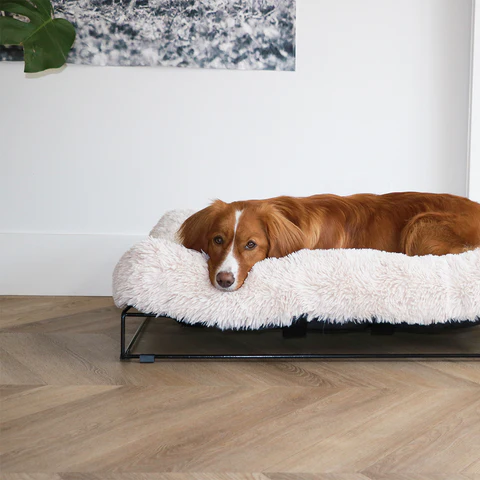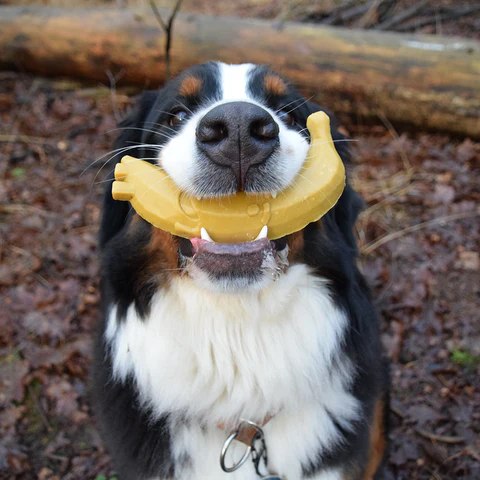Dental problems, such as gum disease and tartar, are among the most common concerns in dogs and cats. These conditions can lead to significant pain and discomfort for your pet. In this article, you'll find some helpful tips for recognizing and preventing dental problems in your dog or cat.
How do I recognize these dental problems?
Cats and dogs naturally tend to hide their pain, especially dental pain. This behavior stems from their instinct to protect themselves as vulnerable animals in nature. Although they may hide their pain, there are ways to recognize signs of dental problems in your pet and take action. Find out how to detect and effectively address these problems.
- Bad breath: Gum disease, plaque, tartar and other dental conditions can lead to an unpleasant odor coming from a dog/cat's mouth.
- Avoiding touching around teeth: if they avoid touching around the mouth, this is usually a sign that they are experiencing pain in or around the mouth.
- Chewing on one side: if a dog/cat experiences pain or discomfort on one side of its mouth, it may instinctively try to avoid chewing food on that side to avoid further irritation.
- Excessive salivation: this may be a reaction to pain or discomfort in the mouth.

How do I avoid these problems?
Since you want to ensure your pet's well-being and avoid pain, it is important to find ways to avoid these problems as much as possible. Learn how to do this.
- Brushing teeth: As with humans, it is essential to regularly brush your pet's teeth to prevent oral irritations and other problems. To do this, use a toothbrush and toothpaste designed specifically for animals.
- Teething: As with your own diet, it is important to pay attention to the composition of your pet's food. More often, try to find foods that are beneficial to their teeth and oral health. For example, there are Garden Bites. These colorful snacks clean and condition teeth.
- Hydration: Make sure your pet drinks plenty of water, as hydration is essential for healthy teeth and gums. At Design For Pets, we have a wide range of food and water bowls, drinking fountains and water bottles. This wide selection means there is an option for any time of day.

If these tips do not lead to improvement, it is advisable to contact a veterinarian immediately. This way, you will ensure that your dog/cat gets the right help to address his/her dental problems.




